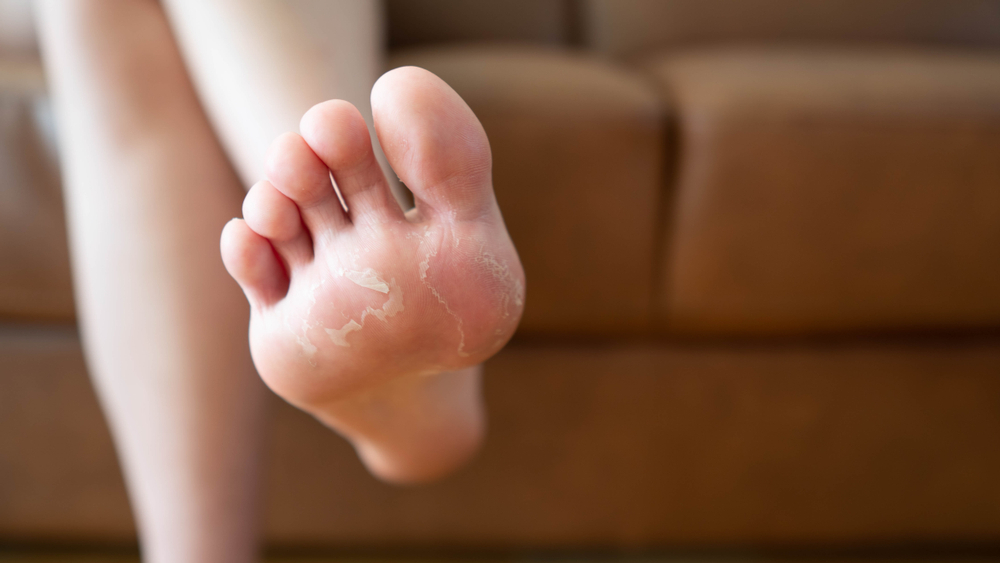
Overview:
Athlete’s foot is a common fungal infection that affects the skin of the feet. It thrives in warm, moist environments and can cause significant discomfort if left untreated.
Book NowCauses:
- Fungal Infection: Usually caused by the fungus Trichophyton that grows in damp areas.
- Contagion: Can spread through direct contact with infected surfaces or individuals.
Symptoms:
- Itching, burning, and redness between the toes or on the soles
- Dry, scaly patches or blisters
- Cracked and peeling skin
Diagnosis:
- Clinical Examination: Identifying characteristic signs of fungal infection.
- Lab Tests: Skin scrapings or cultures to confirm the presence of fungi.
Treatment Options:
- Topical Antifungal Medications: Creams, sprays, or powders to treat the infection directly.
- Oral Antifungal Medications: For more severe or resistant cases.
- Preventive Measures: Keeping feet clean and dry, using antifungal powders in shoes, and avoiding walking barefoot in communal areas.
Why Choose Nova Foot & Ankle:
We provide effective treatment and prevention strategies for athlete’s foot, ensuring thorough care to eliminate the infection and reduce the risk of recurrence.
